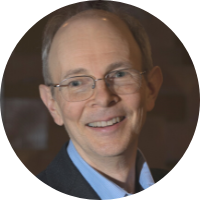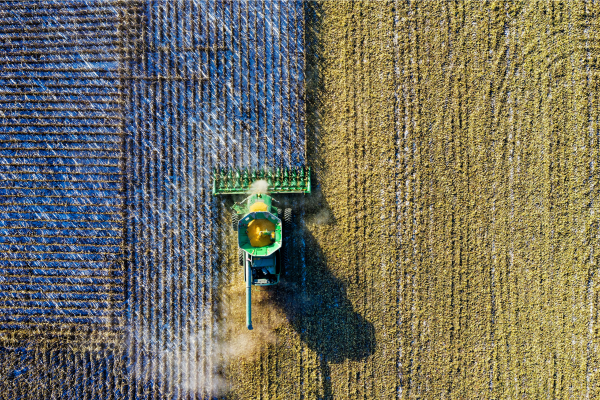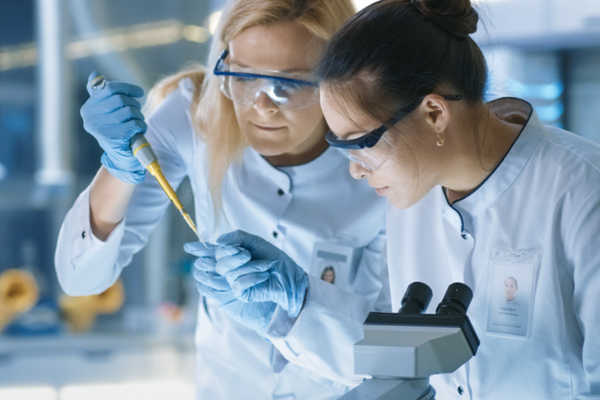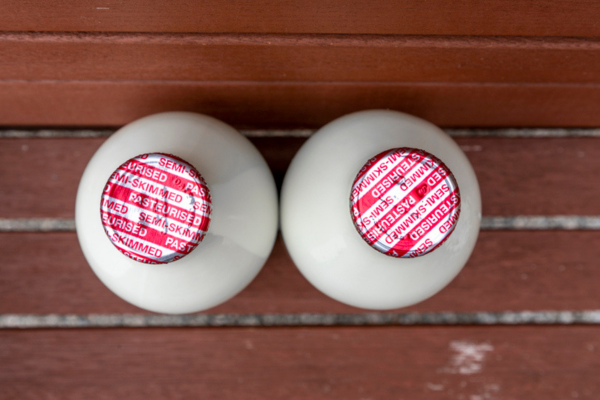
Your thesis work and early career were pretty hard-core chemical engineering. You ended your career in sustainability. How did that happen?
The key idea in sustainability is to take a more holistic view and to evaluate options and ideas with more perspectives than only simple economics. Most of my academic work and first decade of work at Dow were on processes to improve yields, reduce waste, or convert wastes into more valuable products. There were financial and non-financial motivations – and often the non-financial were clearer. The concepts of sustainability brought better tools and metrics with which to evaluate these sorts of projects, so it was a logical enhancement and extension to the kind of work I had been doing. Using the lens of sustainability enables people and companies to make better decisions.
You are a recognized expert in life-cycle assessment. Please describe what that is, and what attracted you to it.
Life-cycle assessment (LCA) is the science of quantifying the potential environmental and health impacts of activities, especially the production and use of materials. It requires one to look beyond what one can see when you buy or use something, and to consider where things come from, back to materials in nature, how they are transformed, and what happens after their main use. For example, are they reused, recycled or disposed of, and what are the impacts of those downstream activities? LCA takes the principles and methods of mass balances, very familiar to industrial chemists and chemical engineers, and adds new dimensions to them – the potential environmental impacts. It’s a tool to add more relevance and insight to our modeling and understanding of chemical processes, and helps us take actions that are better for the environment and our future.
“It depends” is a surprisingly common answer when doing life-cycle comparisons. Why isn’t it easier to look at two objects and determine which is more sustainable?
There are two big reasons. The first is that sustainability is a multi-dimensional topic, and is not readily reduced to a single figure of merit – such as dollars. Multiple metrics are usually needed to describe what’s “more sustainable.” There is often not a result that is better in all dimensions, so that “trade-offs” are common. It’s easiest for us to make comparisons when there is only one thing to measure or calculate! The second is that we need to consider activities and impacts far beyond what we can see in front of us, going far upstream and downstream of where we are. This is hard! We very often need to make assumptions or estimates about these things that are outside of our control, and these can strongly influence the results. Thus “it depends” on how we value different dimensions of results and our choices on how we describe and model the full life cycle of products and activities.
Traits related to sustainability are getting to be pretty common – such as packaging for a rug that brags the rug is made from recycled bottles. At the same time, charges of greenwashing are also becoming more common. What advice can you offer individuals wanting to make more sustainable choices ?
Make sure to think critically about the big picture. In the rug example, I’ll guess the packaging might be 1% of the mass of the rug, so although it’s nice to have recycled content in the package, it’s more important to think about what’s inside the package – how was the rug made? From what? How durable will it be? How far was it shipped and how?
Where has life cycle thinking played a role in a personal choice you’ve made?
A simple example is milk. Economically, it’s cheaper to buy a gallon jug, knowing that sometimes I won’t drink it all before it spoils, and I’d throw some away. But a lot of resources were invested to make that wasted milk! Environmentally, it’s better for me to buy the half-gallon, which is more expensive per unit of milk, but I know I will always finish it. This kind of trade-off is common – buying only what you need and not necessarily the lowest cost per unit. Life cycle thinking favors buying fewer, more durable, things and using them many times.
What are some of the primary challenges the chemical industry faces in becoming more sustainable?
Our short-term financial metrics and actions don’t adequately reflect the long-term impacts of critical issues such as greenhouse gas emissions, resource depletion and waste. We need to either change how we calculate the financial metrics, or pay more attention to non-financial (or not-yet financial!) metrics. Changing our scorecards can drive innovation and implementation of technologies and business models that are needed even more now.
You developed sustainability metrics. Describe the metric you developed, explain why metrics are important, and the impact they make?
The one I developed with Shawn Hunter, Han Zhang and Eric Ocampo was the “Sustainable Chemistry Index,” a tool used for annual assessment of business unit performance in Dow. A business’s score was based on data and answers in four broad areas: product risks, addressing world challenges, business strategy, and supply chain engagement. The process identified actions a business unit could take to improve its pursuit of sustainable chemistry, and also providing a scorecard for constructive competition. The use of the tool led to significant advances by certain business and improvement by the company in aggregate.
The metric you developed is an index, as are many other ESG metrics. Do you agree with the view that an index is an admission there is no single figure of merit? What are the advantages and disadvantages of using an index as a metric for something like sustainability?
Yes, I agree there is no single figure of merit. We are very accustomed to evaluating things monetarily, but we do not yet have well-recognized and consistent ways to describe monetary values for future environmental impacts. A challenge with indexes is that although they can provide good insights, they can also be complex, hard to explain, and not widely accepted.
What advice would you offer a newly minted PhD chemical engineer being hired into industry?
Be ready to learn and try new things different from your specific expertise, tell your management the things that interest you, and be involved in a professional society!
R&D seems like it is a critical part of making more sustainable products and processes. How should sustainability be incorporated into R&D? Is there a training gap?
R&D is an essential part! Sustainability metrics, including economic ones, need to be considered early in process and product development. In the early stages, the calculations will be, by necessity, rough estimates since the level of knowledge will be low, but it’s worth the time to make (and document!) enough assumptions to do the analyses, and identify where the key knowledge gaps and opportunities are. When quantitative metrics are asked for by project leaders and sponsors, then some of the training gaps will be filled!
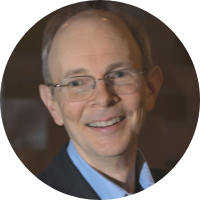
Dr. Rich Helling recently retired from Dow, where he was the Global Expertise Principal in Sustainability and Life Cycle Assessment (LCA). His career of almost 35 years at Dow included roles in process research, development, manufacturing, and sustainability. He developed and improved technologies to reduce waste, improve reaction selectivity and purification of agricultural and electronic chemicals, both as a technical contributor and group leader.
He spent four years in France, leading contract synthesis and process technology development. Rich began his use of LCA in 2003 to complement economic evaluations of new technologies, especially the use of renewable feedstocks for chemical production. From 2010 onwards, he was part of Dow’s sustainability group, using LCA, developing new tools, metrics and strategies.
Rich holds a bachelors' degree from Harvey Mudd College with majors in Engineering and History, a masters' degree in Chemical Engineering Practice from MIT, and a doctorate in Chemical Engineering, also from MIT. He was an Assistant Professor with the MIT Chemical Engineering Practice School prior to joining Dow. He is a registered Professional Engineer in Michigan, and is a LCA Certified Professional. He was a board member and treasurer of the American Center for Life Cycle Assessment.
Since attending the 2nd Green Chemistry & Engineering conference in 1998, Rich has been involved with several projects and roles with the ACS Green Chemistry Institute. He received the award for Outstanding Achievement and Promotion of the Chemical Sciences (Midland Section) in 2022.
This article has been edited for length and clarity. The opinions expressed in this article are the author's own and do not necessarily reflect the view of their employer or the American Chemical Society.

